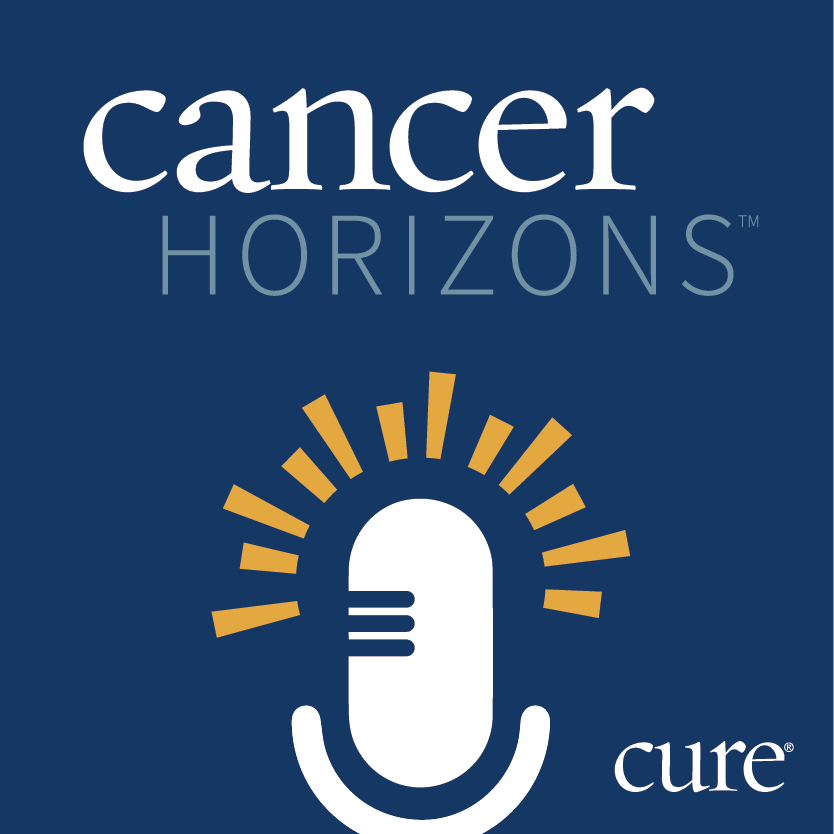Article
Cancer screening rates low
Author(s):
The percentage of Americans getting screened for cancer is below national targets with lower rates in the Asian and Hispanic populations, says the Centers for Disease Control and Prevention (CDC) and the National Cancer Institute in a study released last Friday. The study revealed that in 2010 breast cancer screening rates were 72.4 percent, which is below the target of 81 percent set by Healthy People 2020, a government initiative to set benchmarks to measure the impact of prevention activities. Cervical cancer screening was at 83 percent compared with the benchmark of 93 percent; and colorectal cancer screening was at 58.6 percent lower than the target of 70.5 percent. According to the report, screening rates in the Asian population were "significantly lower" at 64.1 percent for breast cancer, 75.4 percent for cervical cancer and 46.9 percent for colorectal cancer. Hispanics were less likely to be screened for cervical cancer (78.7 percent) and colorectal cancer (46.5 percent) compared with non-Hispanics at 83.8 percent and 59.9 percent, respectively. In a statement accompanying the study, lead author Sallyann Coleman King, MD, said, "It is troubling to see that not all Americans are getting the recommended cancer screenings and that disparities continue to persist for certain populations. Screening can find breast, cervical, and colorectal cancers at an early stage when treatment is more effective." King, who is also an epidemic intelligence service officer in the CDC's division of cancer prevention, added, "We must continue to monitor cancer screening rates to improve the health of all Americans." While financial costs may be a barrier to some in obtaining screening, the report also notes programs that can help. The CDC's National Breast and Cervical Cancer Early Detection Program provides access to free or low-cost screening and diagnostic services to underserved women across the country. The CDC's Colorectal Cancer Control Program offers access to screening to underserved men and women in 25 states. In addition, reducing financial barriers to preventive care is an aim of the Affordable Care Act. Under the act, breast, cervical and colorectal cancer screening is covered free under Medicare and new health insurance plans.




